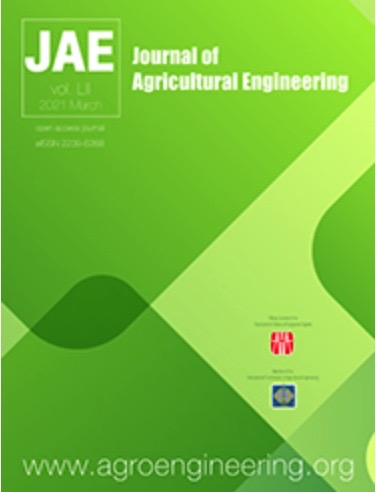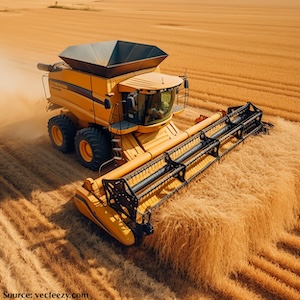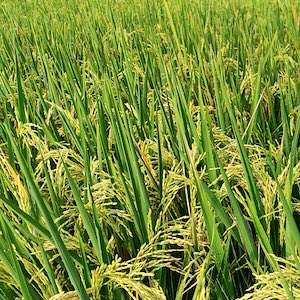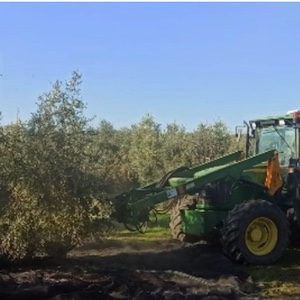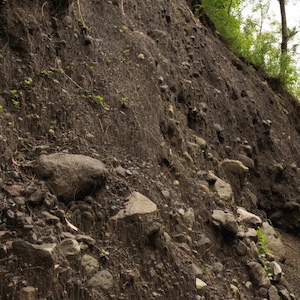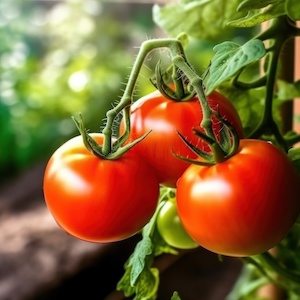Rapid assessment of fertilizers manufacturing methods by means of a novel waveguide vector spectrometer
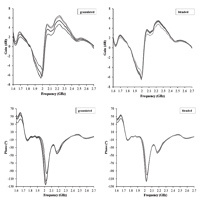
All claims expressed in this article are solely those of the authors and do not necessarily represent those of their affiliated organizations, or those of the publisher, the editors and the reviewers. Any product that may be evaluated in this article or claim that may be made by its manufacturer is not guaranteed or endorsed by the publisher.
Authors
This study aims to test the suitability of a waveguide spectrometer, as a rapid and cheap tool to discriminate between different fertilizers according to two different manufacturing methods, such as granulation and blending. The tested instrument is a waveguide vector spectrometer, patented in 2016, that operates in the range 1.6-2.7 GHz, giving both spectral phase and gain measurements. Granulated and blended fertilizers were dehydrated and pulverized to avoid possible interferences due to the water content and the geometry of the sample. The spectral data were analysed by multivariate statistical analysis [principal component analysis (PCA) and partial least squares-discriminant analysis (PLS-DA)] in order to obtain a discrimination tool considering the whole hidden spectral information. PC1 (95% of the explained variance) and PC2 (4% of the explained variance) are shown to explain most of the spectral variability. A tendency to group samples according to the different production methods can be seen, even if the discrimination is influenced by the different chemical compositions of fertilizers. However, PLS-DA models correctly classified 100% of the samples into granulated and blended classes using spectra obtained by waveguide spectroscopy. Despite being preliminary, the tests carried out on a small number of samples show how the technique coupled with PLS-DA models could be able to discriminate between the analysed fertilizers by means of their spectral signature and according to the manufacturing method, if the chemical composition is kept constant. Further tests are necessary to validate the model, also considering the possibility of grouping fertilizers on the basis of their similar composition.

